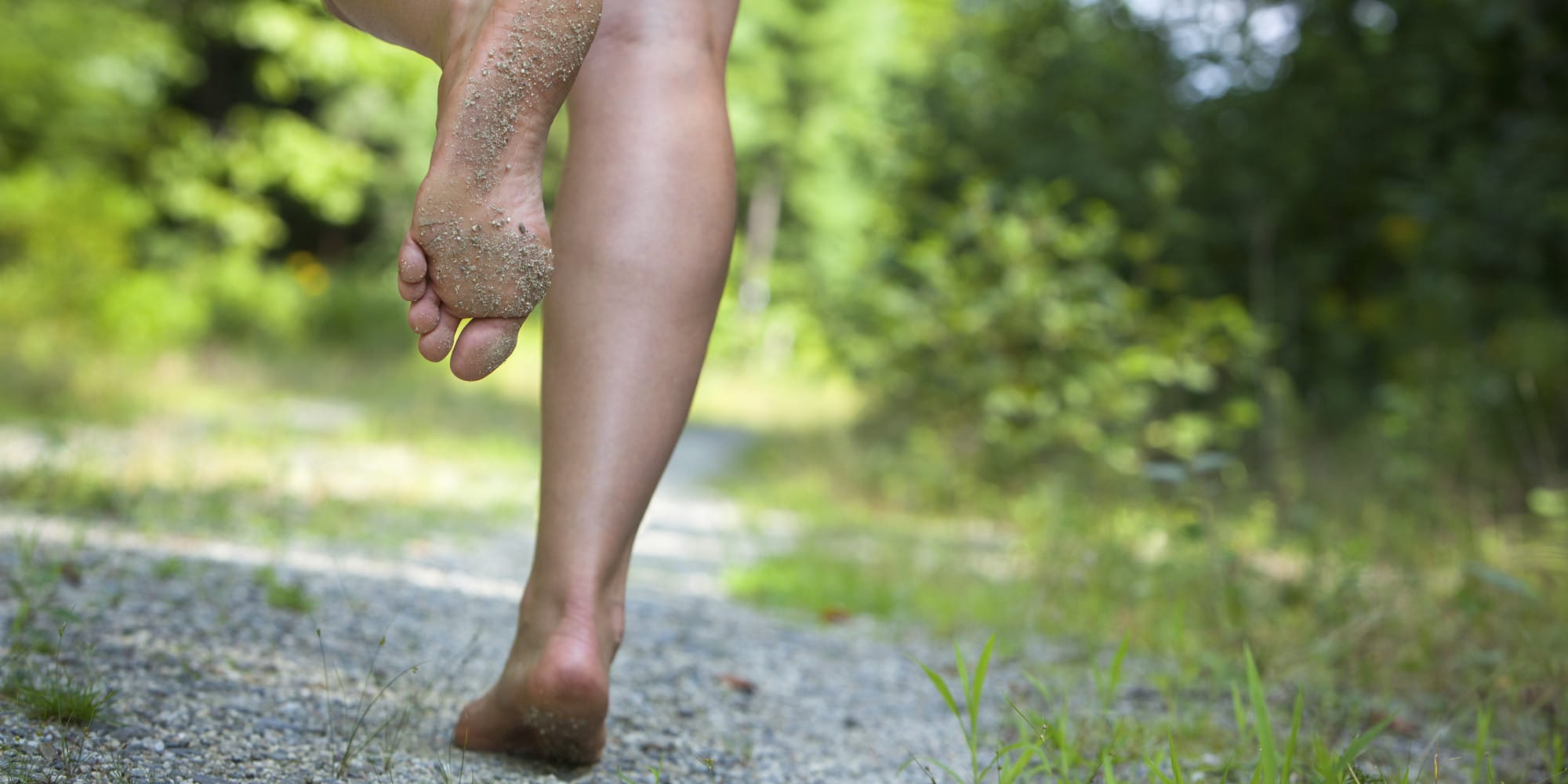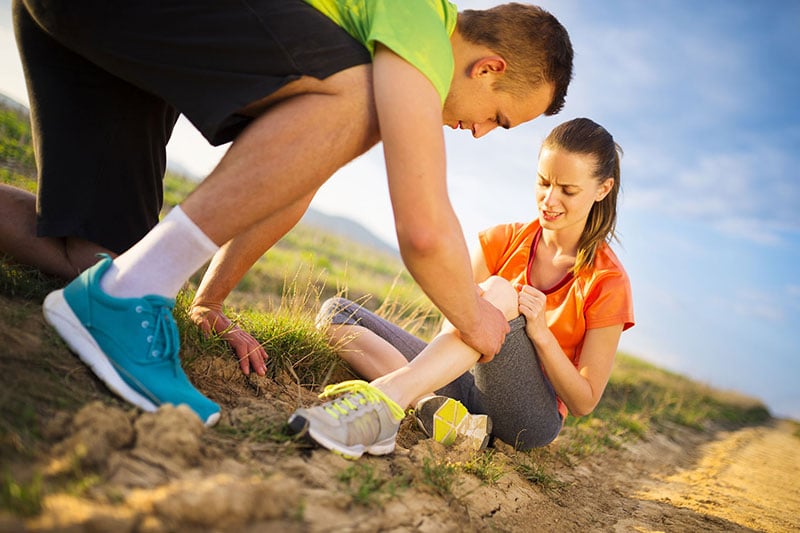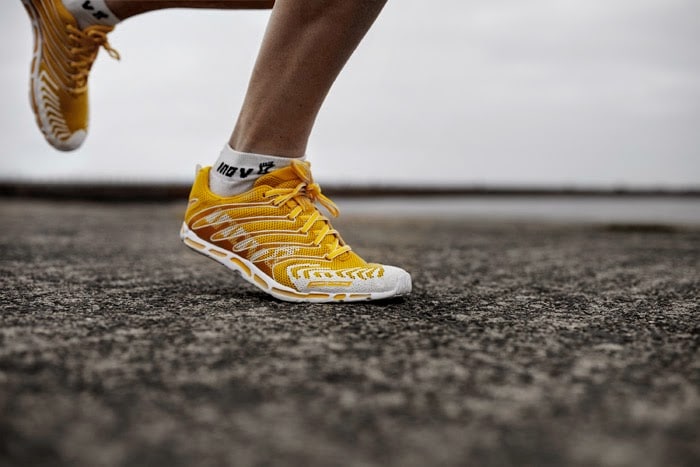
Self-help Treatment for Scoliosis
scoliosis
scoliosis cure
scoliosis diagnosis
scoliosis disease
scoliosis orthopedics
scoliosis pain
scoliosis physiotherapy
scoliosis prevention
scoliosis treatment
spine curvature
spine curvature pain
spine pain
What is Scoliosis?
The term scoliosis comes from the Greek word ‘skolios’ which means “curved”, “crooked” or “twisted”.
The spine has normal curves in an anterior-posterior direction, but a curve in a lateral direction is considered abnormal. A normal spine has a curvature of lordosis in the cervical and lumbar regions, and kyphosis in the thoracic and sacral regions. In a healthy person a straight line can be drawn through the cervicothoracic, dorsolumbar and lumbrosacral junctions.
As the spine cannot purely bend laterally – scoliosis involves both lateral flexion and rotation.
Scoliosis is commonly defined as greater than 10° of lateral deviation of the spine from its central axis.
What are the types of Scoliosis?
- Postural Scoliosis (or non-structural) which is a flexible deformity due to faulty positioning.
- Structural Scoliosis which is a rigid deformity that cannot be actively corrected by a change of posture.
- Idiopathic Scoliosis, with Adolescent Idiopathic scoliosis being the most common among young females.
What is the treatment?
Scoliosis needs to be identified before treatment can commence. Especially for children and adolescents, School Screening is important.
Once Scoliosis is diagnosed, there are various treatment options according to its type, degree and characteristics.
The non-surgical option consists of Physiotherapy and Bracing. Physiotherapy focuses on muscle strengthening and stretching. Exercises do not prevent or cure scoliosis and are not a substitute for bracing or surgical treatment. Exercises aim to stretch tight structures and strengthen weak muscles. Core exercises are also important. Progressive resistive exercises can be used to try and improve the asymmetric muscle function found in scoliosis. Swimming is also recommended. Education and knowledge on stretch and exercises is important. Exercises should lack pain and increase gradually with intensity. You will be given strict guidelines on how to perform exercises at home to avoid further aggravation.
Bracing may be appropriate for some people. The main goal of bracing is to prevent further deformity and prevent or delay the need for surgery. Your Orthopedic doctor can advise you on the type of bracing if needed. Usually, bracing is recommended for scoliotic curves that range between 25-40⁰.
The surgical option is decided for inflexible curves that exceed 40° and any curve that exceeds 50°.
Indications for surgery:
- Relentless curve progression
- Curve progression despite bracing
- Inability to wean the patient off bracing
- Significant thoracic and lumbar pain
- Progressive loss of pulmonary function
- Emotional or psychological inability to accept the brace
- Severe cosmetic changes in the shoulder and trunk
Subscribe to get a free e-book
Related Articles

Why Sedentary Behaviour or Sitting Too Much Is Bad For Your Health

3 Best Ways to Address Back Pain, According to Science

Your Children’s Feet, Playing Sports, and Seeing a Podiatrist

Barefoot Running – Back to Basics

4 Effective Ways to Prevent Common Running Injuries

Forefoot Running – The Running Technique Gaining Speed
We are affiliated with best insurance provider


